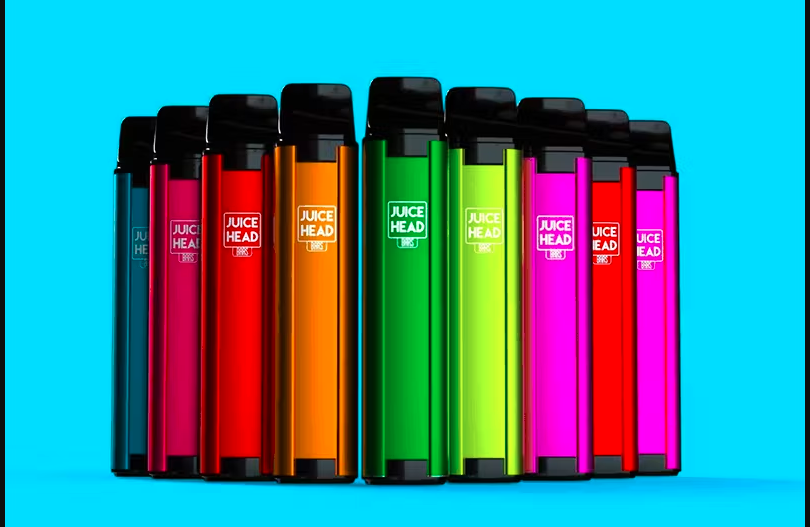
Disposable vapes have surged in popularity in recent years due to their convenience, affordability, and ease of use. However, as their usage has grown, so has the scrutiny from regulatory bodies around the world. The legal landscape surrounding disposable vapes is complex and constantly evolving, influenced by health concerns, youth access, and environmental impact. This article aims to provide a detailed overview of the current legal landscape of disposable vapes, covering regulations in different regions, key issues, and the implications for consumers and businesses.
Regulatory Frameworks Across Different Regions
United States
In the United States, the regulation of disposable vapes falls under the jurisdiction of the Food and Drug Administration (FDA).
- Premarket Tobacco Product Applications (PMTA): All vape products, including disposables, must undergo the PMTA process, which requires manufacturers to demonstrate that their products are appropriate for the protection of public health.
- Flavored Vapes: The FDA has implemented strict regulations on flavored disposable vapes to combat youth vaping. Many flavored vapes have been banned, with only tobacco and menthol flavors generally allowed.
- State Regulations: States have their own additional regulations. For example, California has stringent laws on the sale and marketing of vape products, including high taxes and advertising restrictions.
European Union
The European Union (EU) regulates disposable vapes under the Tobacco Products Directive (TPD).
- Nicotine Content: The TPD limits the nicotine content in e-liquids to a maximum of 20mg/ml.
- Product Standards: Disposable vapes must comply with specific product standards, including child-resistant packaging and health warnings on packaging.
- Notification Requirement: Manufacturers must notify each EU member state where they intend to sell their products and provide detailed product information.
United Kingdom
The UK follows the EU’s TPD but has its own enforcement mechanisms post-Brexit.
- Nicotine Strength and E-Liquid Volume: Similar to the EU, the UK restricts nicotine strength to 20mg/ml and e-liquid containers to a maximum of 10ml.
- Health Warnings: Packaging must include health warnings about nicotine addiction.
- Regulatory Body: The Medicines and Healthcare products Regulatory Agency (MHRA) oversees the regulation of vape products in the UK.
Australia
Australia has stringent regulations regarding the sale and use of disposable vapes.
- Prescription Requirement: Nicotine-containing e-liquids and disposable vapes require a prescription from a registered medical practitioner.
- Import Restrictions: Importing nicotine-containing vapes without a prescription is illegal.
- State Regulations: Individual states may have additional restrictions, such as where vaping is permitted and how products can be advertised.
Other Regions
- Canada: Canada regulates disposable vapes under the Tobacco and Vaping Products Act (TVPA), with restrictions on advertising, nicotine concentration, and flavorings.
- Asia: Regulations vary widely, with countries like Japan having strict controls on nicotine-containing vapes, while others like China are moving towards stricter regulation.
- Middle East: Countries like the UAE have legalized vaping with strict regulations on sales and advertising, whereas others like Saudi Arabia maintain outright bans.
Key Legal Issues and Concerns
Youth Access and Prevention
One of the primary concerns driving regulation is the prevention of youth access to disposable vapes.
- Age Restrictions: Most countries have set minimum age limits for purchasing vape products, typically 18 or 21 years old.
- Marketing and Advertising: Regulations often restrict marketing and advertising that targets or appeals to minors. This includes the use of certain flavors, celebrity endorsements, and social media advertising.
Health and Safety Standards
Ensuring the health and safety of consumers is a significant regulatory focus.
- Ingredient Disclosure: Manufacturers are required to disclose all ingredients used in e-liquids, including potential allergens.
- Product Testing: Rigorous product testing is mandated to ensure the safety and consistency of disposable vapes. This includes testing for harmful substances like diacetyl and acetyl propionyl.
- Health Warnings: Packaging must include clear health warnings about the risks of nicotine addiction and other potential health effects.
Environmental Impact
The environmental impact of disposable vapes is an emerging concern.
- Waste Management: Regulations are beginning to address the disposal and recycling of disposable vapes. Improper disposal can lead to environmental pollution due to the presence of batteries and plastics.
- Recycling Programs: Some regions are encouraging or mandating the implementation of recycling programs by manufacturers and retailers.
Cross-Border Sales and E-Commerce
The rise of e-commerce has complicated the regulation of disposable vapes.
- Age Verification: Online sales must include robust age verification processes to prevent sales to minors.
- Import Regulations: Cross-border sales are subject to the import regulations of the destination country, which can include restrictions on nicotine content and packaging standards.
Implications for Consumers and Businesses
For Consumers
Understanding the legal landscape is crucial for consumers to make informed decisions and stay compliant with the law.
- Awareness of Local Laws: Consumers should be aware of the regulations in their region, including age restrictions, permissible nicotine levels, and approved flavors.
- Safety Assurance: Regulatory compliance ensures that the disposable vapes available to consumers meet safety and quality standards.
For Businesses
Compliance with regulations is essential for businesses to operate legally and avoid penalties.
- Product Compliance: Manufacturers and retailers must ensure that their products comply with all relevant regulations, from nicotine content limits to packaging requirements.
- Marketing Restrictions: Businesses must navigate marketing restrictions carefully to avoid targeting minors and comply with advertising laws.
- Regulatory Updates: Staying informed about regulatory updates and changes is vital for continued compliance. This may involve ongoing communication with regulatory bodies and industry associations.
Conclusion
The legal landscape of disposable vapes is dynamic and multifaceted, shaped by concerns over public health, youth access, and environmental impact. Regulations vary significantly across regions, reflecting different approaches to managing these concerns. For consumers, understanding these regulations ensures safe and legal use of disposable vapes. For businesses, compliance with these laws is essential for legal operation and market success. As the industry evolves, staying informed about regulatory changes will be crucial for all stakeholders involved in the world of disposable vapes.



